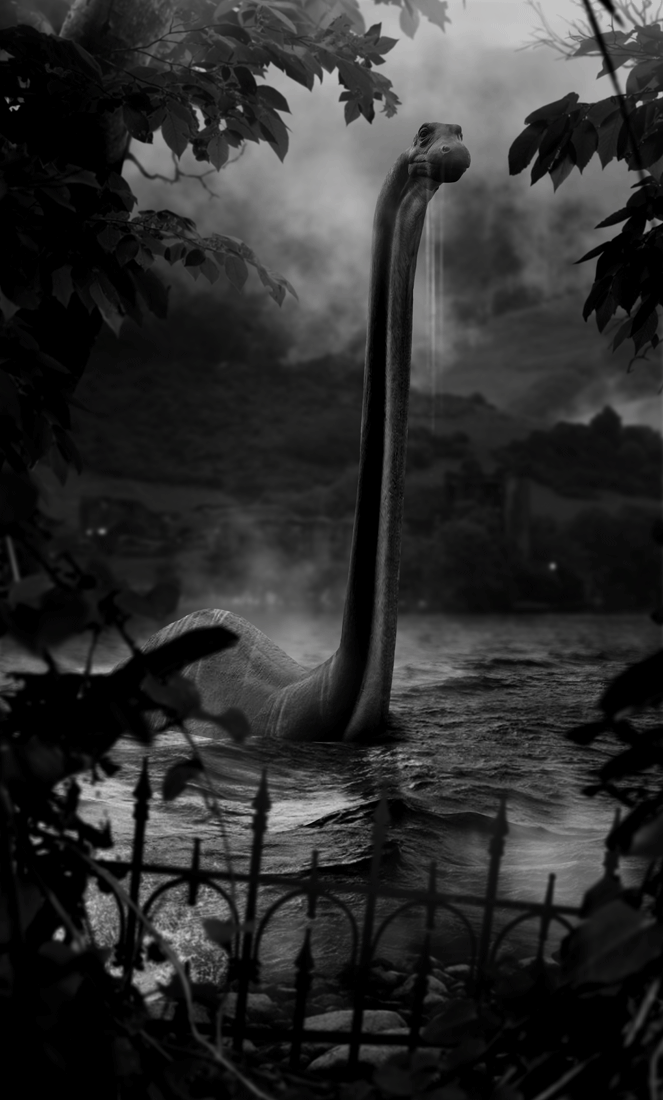
Here’s the eighth annual FREE WHITEWATER list of the scariest things in Whitewater for 2014. The 2007, 2008, 2009, 2010, 2011, 2012, and 2013 editions are available for comparison.
The list runs in reverse order, from mildly frightening to super scary.
10. Hard work & standard usage. Everyone makes mistakes, typos, etc. (I’m appreciative of every correction or suggestion a reader makes.) It shouldn’t be too much, though, to expect officials to try harder to speak and write properly.
What does it profit a committee to have two or three professionals if their presence does nothing to lift policies and documents beyond the quality of a struggling high-school student’s work?
Whitewater is filled with smart and studious people who, at work or in school, will proofread important term papers or notes.
There is no ‘special’ or ‘separate’ path on which we should not at least try to write as our forefathers did. They did so with far fewer technological advantages than we have; we can do at least as well as they did.
9. Ordinary input. It’s hard to gather, but we should try harder to survey large numbers through sound methods. It’s not enough to rely on ad hoc committees. Their small numbers may lead astray from a selection bias.
8. Ordinary streets. The East Gateway project looks great, but do you feel $2,300,00 richer for it? When you awoke this morning, was the sun $2,300,000 brighter, children that much happier, or merchants that much better off?
One-hundred thousand on potholes and simple repair would have been useful, and another one-hundred thousand on emergency poverty assistance, and taxpayers would have been millions better off.
7. Small merchants. What strange brick-and-mortar-phobia causes leaders to shy from supporting our own merchants?
Snazzy tech ventures sound great, but their results are often sketchily unverifiable. They’re bright and shiny, but then so is a fishing lure.
Sales pitches from these tech-ventures work on the gullible, the ignorant, or the intoxicated.
By contrast, we haven’t done enough for brick-and-mortar merchants. For a fraction of the vast sums (hundreds of thousands) we’ve spent on rejected tech projects from other cities, we could boost brick-and-mortar merchants in traditional, conventional ventures that will attract customers to our own downtown.
Boosting what we have is both cheaper and more sensible. Here’s hoping the 2015 budget item for merchants passes and helps overcome this fear by supporting the small retailers we now have. Their success will bring others.
6. Layers. Fifteen-thousand people in our small city, but hierarchies like the Pentagon’s. It’s an insecure person’s attempt to seem important or profound. Few are truly impressed, so why bother?
5. Speaking without a press release. Is it so scary to speak to people directly? Must every official hide behind a press agent?
Honest to goodness, the quality of their press releases is laughable in any event; tired boilerplate that everyone’s heard a thousand times before.
When campus officials speak, why must they do they do so in the stilted and tired language of bureaucracy?
It’s as though they each had a pack of Oxford 3X5 Glow Index Cards, Ruled, Assorted Colors, 300 Count, with words written for each occasion (spending of public money, responses to investigations, name-dropping at parties, etc.)
They should forget the script, and the middling scriptwriter.
4. Parking. People live in town, and so they want to park in town. It’s neither unexpected nor frightening that they do.
3. Extreme. So a new apartment building at Main & Prince is ‘too extreme’ in design for Whitewater? Well, I would guess that existing landlords must think so. [Update: For consumers it’s a good thing, and a bad joke that anyone from the CDA would shill against it.]
2. Practical solutions. Small and simple isn’t inadequate because it’s small and simple.
1. A city without a proposal from a big vendor. There are a few gentlemen who act as though Whitewater would shrivel if there were not a multi-million-dollar proposal for a supercalifragilisticexpialidocious project always in the oven.
The supposed benefits are shouted; the risks unspoken.
There will be another of this kind, soon I wouldn’t wonder.
There’s the 2014 list. We’re more than able to overcome these fears, and assure a happier and more prosperous city.
Best wishes to all for a Happy Halloween.










